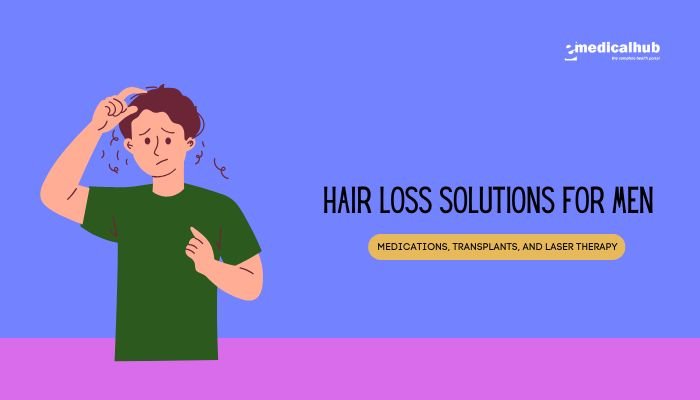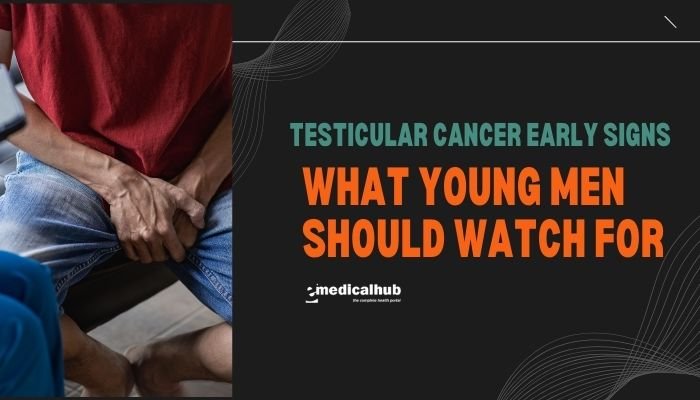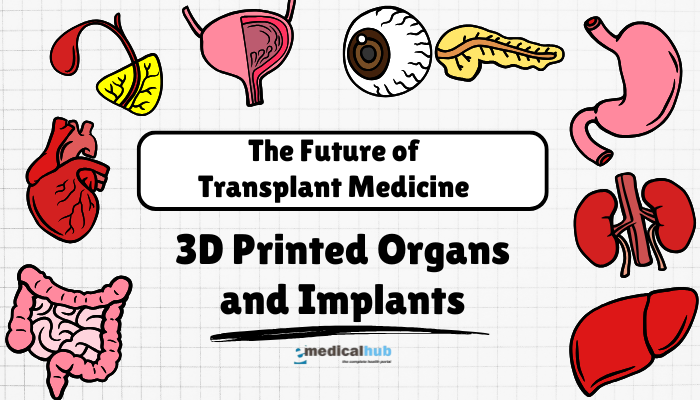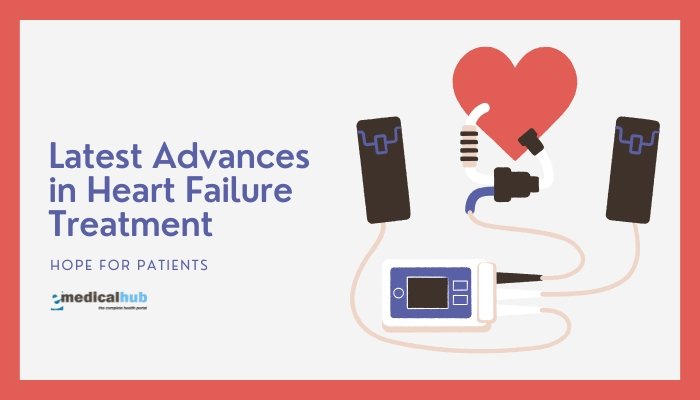Introduction
Hair loss is a common concern for many men, often impacting self-confidence and overall appearance. While some men embrace baldness, others prefer to explore treatments. Whether it’s preserving existing hair or regaining lost coverage, a range of medical, surgical, and technological options can address thinning or receding hairlines.
Understanding the science behind male pattern hair loss and reviewing established solutions help men make informed decisions about hair restoration paths.
This article delves into the causes of male hair loss, outlines standard and emerging treatments (including medications like finasteride and minoxidil, hair transplant procedures, and low-level laser therapy), and offers practical guidance on selecting the best approach.
By considering factors such as the pattern and extent of hair loss, budget, and tolerance for potential side effects, men can devise a strategy aligned with their goals for hair regrowth or maintenance.
Basics of Male Hair Loss
Hair Growth Cycle
- Anagen (Growth) Phase: Typically lasts 2–6 years, where hair actively grows ~1 cm per month.
- Catagen (Transition) Phase: A brief 2–3-week stage in which the hair follicle shrinks.
- Telogen (Rest) Phase: Lasting ~2–4 months, the follicle is dormant. A new hair eventually pushes out the old one, restarting anagen.
When hair loss occurs, factors like genetics or hormones can shorten the anagen phase or prolong telogen, leading to thinner, slower-regenerating hair.
Common Causes of Hair Loss in Men
- Androgenetic Alopecia (Male Pattern Baldness): By far the most frequent culprit. Caused by genetic sensitivity to dihydrotestosterone (DHT), leading to progressive miniaturization of hair follicles, typically forming an M-shaped hairline recession or thinning at the crown.
- Telogen Effluvium: Triggered by stress, illness, or nutritional deficiencies, causing many hairs to shift into the telogen phase, leading to diffuse shedding.
- Alopecia Areata: An autoimmune disorder where immune cells attack hair follicles, causing patchy bald spots.
- Medical Conditions: Thyroid imbalances, severe infections, or scalp disorders can disrupt hair growth.
- Medications: Chemotherapy, certain blood pressure drugs, or anabolic steroids might lead to hair thinning.
Factors Affecting Hair Loss Severity
- Genetics: Men with close male relatives showing early pattern baldness often experience a similar or earlier onset.
- Hormonal Levels: Elevated DHT more aggressively shrinks follicles.
- Lifestyle and Stress: Although hair loss from androgenetic alopecia is primarily genetic, overall health, diet, and stress can exacerbate or accelerate shedding.
Medical Treatments for Hair Loss
Finasteride (Propecia)
Mechanism of Action
- DHT Blockade: Finasteride, a 5-alpha reductase inhibitor, reduces the conversion of testosterone to DHT, the androgen strongly associated with follicle miniaturization.
- Result: Lower DHT levels in the scalp can slow hair loss and even stimulate partial regrowth for some men.
Effectiveness and Timeline
- Data: Clinical trials show about 80–90% of men can experience halted hair loss, and ~66% might see moderate regrowth or thickening, especially at the crown.
- Onset: Noticeable results typically appear after 3–6 months, with more robust improvements at the 12-month mark. Consistency is key.
Side Effects and Considerations
- Potential Sexual Dysfunction: A small percentage of men report reduced libido, erectile difficulty, or decreased ejaculate volume, usually reversing upon discontinuation.
- Need for Continuous Use: Gains recede if the medication is stopped; hair often returns to its pre-treatment state within a year.
- Routine: Usually taken orally at 1 mg daily.
Dutasteride (Avodart)
- Similar Class: Another 5-alpha reductase inhibitor but blocks both type I and type II isoenzymes.
- Comparisons: Some studies suggest dutasteride might be slightly more potent in controlling DHT, but it’s primarily FDA-approved for benign prostatic hyperplasia, not specifically for hair loss in some countries.
- Side Effects: Parallels those of finasteride, with potential for sexual side effects.
Minoxidil (Rogaine)
Mechanism and Application
- Originally an Antihypertensive: Found to stimulate hair regrowth topically.
- Function: Believed to prolong the anagen phase or enlarge miniaturized follicles, though the precise molecular action is partially understood.
- Formulations: Over-the-counter as a foam or solution (2% or 5%). Men typically use 5% for scalp coverage.
Efficacy
- Improved Hair Density: Particularly on the crown; can also help slow receding hairlines, though less robust.
- Timeline: Initial shedding might occur. Visible improvements can appear after ~4–6 months.
- Continuous Use: Stopping leads to a return to baseline within months.
Side Effects
- Scalp Irritation: Dryness, flaking, or mild itching.
- Systemic Absorption: Rarely, can lead to low blood pressure or dizziness if overused, but typically safe under recommended usage.
Low-Level Laser (Light) Therapy (LLLT) Devices
- At-Home Lasers or Helmets: Emit low-intensity red light to purportedly enhance blood flow and cell activity in hair follicles.
- Mixed Evidence: Some studies suggest modest hair density gains; others find minimal difference. Considered relatively safe with minimal side effects.
- Long-Term Consistency: Like minoxidil or finasteride, routine usage is needed to maintain any benefits.
Combining Medications
- Synergy: Many men use finasteride plus minoxidil, a combination that can address different aspects of hair loss.
- Staggered Start: To track tolerance or side effects, some start one medication at a time.
Hair Transplantation Techniques
Overview of Hair Restoration Surgery
Surgical transplants transfer hair from donor areas (usually the back or sides of the scalp, resistant to DHT) to bald or thinning regions. This yields a permanent solution if done properly.
Methods of Hair Transplant
FUT (Follicular Unit Transplantation)
- Strip Harvesting: A strip of scalp is removed from the donor area, then dissected into follicular units.
- Pros: Potential for large graft yields in a single session, can be cost-effective.
- Cons: Leaves a linear scar on the donor site, requiring careful closure to minimize scarring.
FUE (Follicular Unit Excision)
- Individual Graft Extraction: Follicular units are harvested one-by-one using a small punch.
- Advantages: No large strip scar, shorter recovery for the donor area, potentially less postoperative discomfort.
- Drawbacks: Typically longer procedure time, might be costlier for extensive coverage.
Robotic or Automated FUE
- Advanced Tools: Robotic devices (like ARTAS) or motorized FUE systems can assist surgeons in precise graft extraction, reducing human fatigue.
- Benefits: Potentially consistent graft extraction speeds, minimal scarring.
Factors Influencing Transplant Success
- Surgeon Expertise: Proper angle, direction, and placement of grafts ensure a natural hairline.
- Donor Hair Quality: Sufficient donor supply and healthy follicles matter.
- Postoperative Care: Adhering to instructions for washing, avoiding strenuous activity, and follow-up visits ensures graft viability.
- Realistic Expectations: Hair transplants create illusions of fullness but can’t restore the original density of youth.
Recovery and Results
- Immediate Post-Surgery: Mild swelling, scabbing, or redness. Grafts may shed initially before regrowth starts in 3–4 months.
- Long-Term: Full results visible by ~9–12 months. Maintenance regimens like minoxidil or finasteride can protect surrounding hair.
Low-Level Laser Therapy (LLLT) for Hair Restoration
Principle of LLLT
- Energy Stimulation: Light in the red/near-infrared range is believed to enhance microcirculation and cellular metabolism in hair follicles.
- Typical Use: Worn as a helmet or comb device 2–3 times per week, ~15–30 minutes.
- FDA Clearance: Some LLLT devices have FDA clearance for hair regrowth in androgenetic alopecia.
Efficacy and Limitations
- Possible Mild Gains: Some patients note increased hair thickness or slowed shedding.
- Evidence Variation: Clinical trials are mixed; however, many see it as a complementary therapy.
- Compliance: Requires routine use for months to see modest results.
Pros and Cons
- Pros: Non-invasive, minimal side effects, at-home convenience.
- Cons: Not guaranteed or as robust as medication or transplants. Often incremental improvements.
Platelet-Rich Plasma (PRP) Injections
What Is PRP?
- Autologous Treatment: A small volume of the patient’s blood is processed to concentrate platelets and growth factors, then injected into the scalp.
- Rationale: Growth factors in PRP might stimulate follicle activity, promoting thicker hair.
Evidence and Procedure
- Variable Study Results: Some show moderate hair density increases, others minimal difference.
- Sessions: Typically monthly injections for ~3 months, then spaced out maintenance sessions.
- Side Effects: Minimal, mostly localized discomfort or bruising, but as with all newer therapies, standardized protocols differ among clinics.
Deciding on a Treatment Plan
Evaluating Hair Loss Pattern and Extent
- Age and Progression: Younger men with rapid hairline recession might benefit from early medical therapy to slow progression.
- Stability: If hair loss is advanced but stable, transplant may be an option to restore hairlines.
- Expectations: Men with minimal thinning may find success with medical approaches; more advanced baldness might require combined approaches.
Considering Costs and Maintenance
- Medication: Ongoing expense for finasteride, minoxidil, or others. PDEs for side effects must be balanced.
- Transplant: Higher upfront cost but long-term solution if done well.
- Laser Devices: Intermediate cost, indefinite usage recommended.
Addressing Underlying Issues
- Check Health: Evaluate for thyroid dysfunction, nutritional deficits (iron, vitamin D), or scalp conditions like psoriasis or seborrheic dermatitis.
- Lifestyle Overhaul: Smoking cessation, stress management, and better diet can strengthen hair from within.
Consultation with Specialists
- Dermatologist or Hair Restoration Surgeon: Evaluate pattern, scalp condition, possible combined therapy (med + procedure).
- Trichologist: Some men might consult hair/scalp experts for specialized advice, though they’re not always medically certified.
Potential Complications and Side Effects
Medications
- Finasteride: Potential sexual side effects (libido decline, ED), breast tenderness. Rarely persistent post-finasteride syndrome is reported, though causal relationships remain debated.
- Minoxidil: Scalp irritation, shedding, rarely systemic effects like dizziness if overused.
- Allergic Reactions: Some men may be sensitive to certain ingredients in topicals or pills.
Surgical Risks (Transplants)
- Infection: Proper sterilization usually mitigates risk, but small possibility remains.
- Scarring: FUT leaves a linear scar; FUE multiple small punctate scars.
- Shock Loss: Temporary shedding of existing hair around grafted areas.
- Unsatisfactory Aesthetics: If done by an inexperienced surgeon, unnatural hairlines or poor graft placement can occur.
Laser Therapy
- Minimal: Possibly mild scalp warmth, dryness, or no effect if device intensity is insufficient.
Aftercare and Long-Term Maintenance
Post-Surgery Guidelines
- Transplant: Avoid strenuous exercise or direct trauma to the graft site for 1–2 weeks. Follow specialized washing routines.
- Injections (PRP or Others): Refrain from harsh chemicals or extensive styling for a few days.
Combining Therapies
- Medication + Laser: Some find synergy in minoxidil plus LLLT.
- Finasteride + Transplant: Maintaining surrounding hair with medication so transplanted areas blend smoothly.
- Consistency: Gains from medical therapies vanish if usage is discontinued.
Psychological Support
- Emotional Factors: Hair restoration can be an emotional journey; counseling or support groups might help if hair loss has impacted self-esteem.
- Adjusting Style: Some men complement regrowth with new hairstyles or color to add to hair’s perceived volume.
Future Directions in Hair Restoration
Stem Cell and Cloning Research
- Follicle Cloning: Ongoing studies into regenerating hair follicles in labs. Could revolutionize transplants if feasible.
- Hair Follicle Stem Cells: Potential for injection-based therapies that stimulate new follicle generation without standard grafting.
Gene Editing
- CRISPR: Speculative but might eventually correct genetic predispositions for androgenetic alopecia.
- Precision Medicine: Identifying molecular pathways unique to individual patients, customizing treatments.
Improved Topical or Oral Agents
- New Molecules: Trials investigating next-gen androgen receptor blockers, Wnt signaling modulators, or novel growth factors.
- Refined Delivery Systems: Nanocarriers, microneedle patches for better drug penetration into follicles.
Conclusion
Men’s hair loss can significantly influence self-image and emotional well-being. Fortunately, a range of solutions—from well-established medications like finasteride and minoxidil, to advanced options such as hair transplantation or low-level laser therapy—enable men to choose a route that aligns with their stage of hair loss and personal preferences. While no universal cure exists, synergy among multiple treatments, a healthy lifestyle, and professional guidance often yields meaningful results.
Any plan to tackle hair loss should begin with thorough evaluation: identifying the nature and pattern of hair thinning, ruling out underlying health factors, and exploring complementary or alternative therapies. Men should weigh cost, invasiveness, expected outcomes, and potential side effects.
gWhether they opt for a non-invasive approach or a surgical restoration, the cornerstone remains consistent management—ongoing medication or care is often crucial to maintain improvements. With realistic expectations and a well-informed approach, men can confront hair loss effectively, preserving or regaining a satisfying head of hair and confidence.
References
- Sinclair RD, Patel M, Dawson TL Jr, et al. Hair loss in men: medical and surgical approaches to treatment. J Am Acad Dermatol. 2021;85(4):925-939.
- Otberg N, Shapiro J. Medication-induced hair loss and hair regrowth: an overview. Expert Opin Drug Saf. 2020;19(11):1533-1549.
- Akcay M, Aydin S. Efficacy and safety of oral finasteride for the treatment of male androgenetic alopecia: a systematic review and meta-analysis. Dermatol Ther. 2021;34(5):e15143.
- Blumeyer A, Tosti A, Messenger A, et al. Evidence-based (S3) guideline for the treatment of androgenetic alopecia in men and women. J Dtsch Dermatol Ges. 2011;9 Suppl 6:S1-57.
- Avila L, Freedman D, Schissel DJ. Mechanism of action and clinical outcomes of topical minoxidil in androgenetic alopecia. J Am Acad Dermatol. 2020;83(4):1107-1112.
- Williams KL, Murray K, Collins MJ, et al. A systematic review of hair transplantation technologies: FUE vs. FUT. Aesthetic Plast Surg. 2021;45(6):2922-2930.
- Camacho FM, Tosti A, editors. Trichology. 2nd ed. London: Wiley-Blackwell; 2018.
- Rinaldi F, Calvieri S, Berardesca E, et al. Efficacy of LLLT in androgenetic alopecia: a systematic review. J Cosmet Laser Ther. 2018;20(6):386-392.
- Gentile P, Garcovich S. Autologous platelet-rich plasma for the treatment of pattern hair loss. Int J Mol Sci. 2020;21(8):2702.
- Kaufman KD, Dawber R. Finasteride, minoxidil and other therapies for androgenetic alopecia. J Invest Dermatol Symp Proc. 2015;20(3):75-78.
- Unger WP, Unger RH. Hair Transplantation. Plast Reconstr Surg. 2020;146(6):908e-920e.
- Leavitt ML, Perez-Meza D, Rao R. Hair transplantation: current concepts, classification, and complications. Clin Plast Surg. 2021;48(2):251-265.
- Olsen EA, Messenger AG, Shapiro J, et al. Evaluation and treatment of male and female pattern hair loss. J Am Acad Dermatol. 2020;82(5):1164-1176.
- Rose PT, Nusbaum BP. Hair Restoration Surgery: challenges and complexities. Semin Plast Surg. 2015;29(1):62-66.






